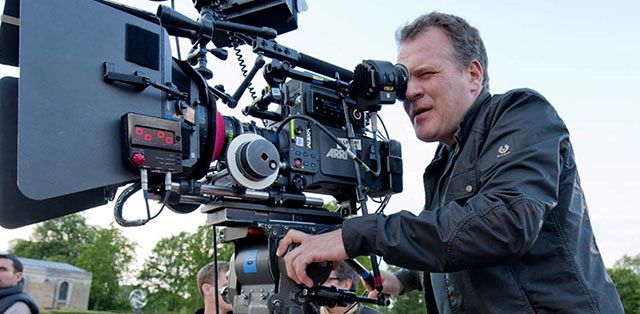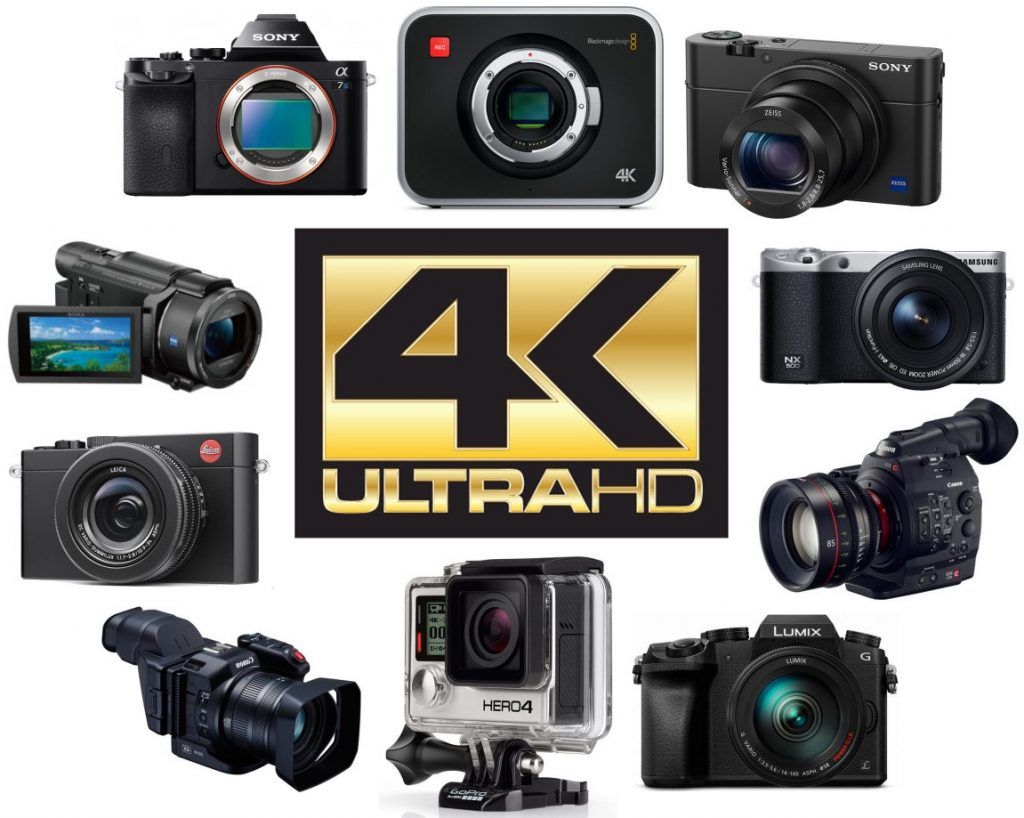Through A Lens
Jun 23, 2019 • 11 views
Cameras are everywhere. Mobile phones often include one, they are used in security systems, in the space exploration, medical equipment, and in speed cameras. Cameras are devices that capture still, or moving images.
Timeline of cameras
Tenth century: The concept of camera obscura is credited to Abu Ali. It works by light passing through a hole and hitting a surface, where it forms an upside-down image. In later models mirrors were used to reflect the image so that it appeared the right way up.
1500s-1800s: Artists used more developed camera obscura to trace images of scenes onto paper. The invention of the camera obscura led to the development of modern day cameras.
1840s: Simple photographic cameras were in use by the 1840s and were little more than a wooden box with a hole cut to hold a lens. Images were recorded on a glass or metal plate.
1880s: Photographic film was made in the 1880s. It was made from a strip of plastic coated with crystals of a silver compound. Cameras were developed to include an automatic shutter mechanism allowing the right amount of light in the lens.
1920s: Small cameras with interchangeable lenses were developed in the 1920s. This allowed photographers to take a wider range of photographs.
1970s: Cameras were made with automatic exposure and electronic auto focus.
1990s: The technology for digital cameras were invented in the 1970s , but it wasn't until 1990s that digital cameras came into popular use.

Going digital
Digital cameras are similar to film cameras except that they store the images on a memory card. Their lenses focus the image onto an electronic sensor that converts the light into electrical charges. The charges are measured to give digital values. Computer chis process the data to construct the image which is then stored on a memory card.
A digital camera requires a sensor to work. A shutter allows light to pass through the lens to a sensor. The sensor is a grid of millions of pixels. Each pixel measures the amount of light that hits it through a green, blue, or red filter. The measurements are changed into digital information which is used to make the final digital image.
Movie cameras
They are similar to still image cameras except that the film runs continually. Each frame of film captures a slightly different image so that when the frames run back through a projector you get the illusion of continuous movement. Movie cameras can also record sound at the same time.

Professional studio cameras
These are generally used in televisions. They split the light int red, green, and blue and detect each colour separately, which gives a better image quality. The pictures are sent to a separate recorder. Most studio cameras are mounted on special trolleys, but they can also be attached to moving vehicles.

Video cameras and camcoders
These initially used analogue and then digital tape to record and store information. Now they use optical discs or memory cards. Camcoders are mainly used for home movies. Over the years, they have become smaller and lighter and can be carried in one hand.

The first CCTV(closed-circuit television) camera that was installed in the UK was in 1949. It was put in Guy's Hospital, London. There are approximately 20 million CCTV cameras in the world.
